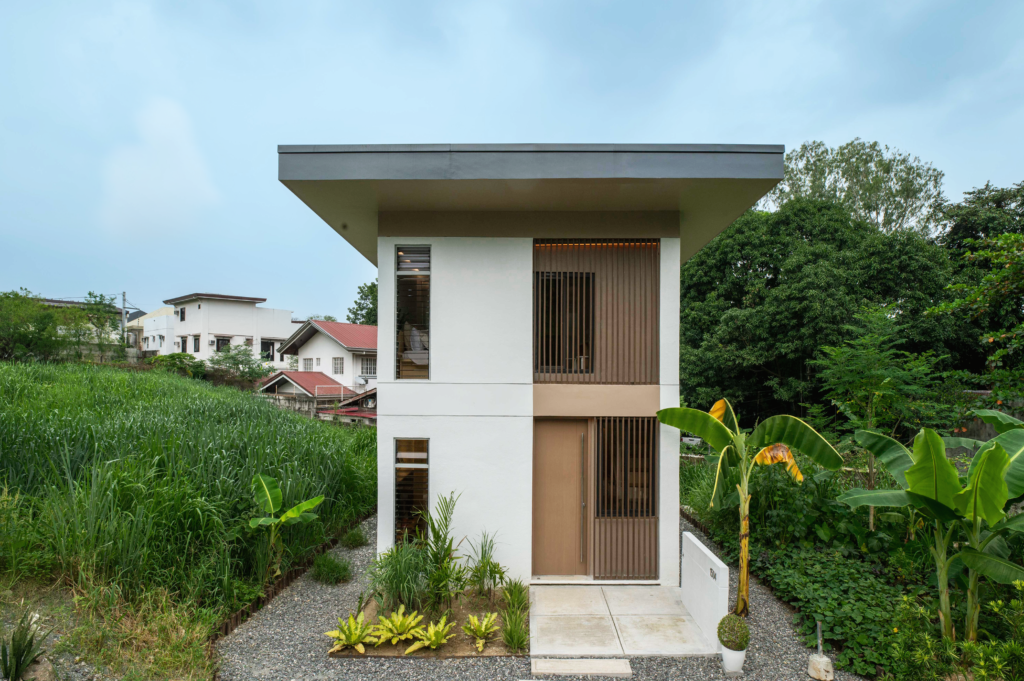It was World Toilet Day when I left for Konchur, a small village in North Karnataka India, one of the many Indian villages where most people defecate in the open.
We tend to think that the main reason why people defecate in the open is that they cannot afford or lack the technical knowledge to build a clean and proper toilet. However, it took me a brief walk around the village and a couple of conversations with local men to shake this conviction and understand that open defecation is a social problem and not an infrastructure shortage.
A bit over one year ago, the Indian government launched the Swachh Bharat (Clean INDIA) program, its biggest ever cleanliness campaign. One of the key objectives is to make India open defecation free by building 110 million toilets by 2019 for use by more than 600 million people. To achieve this massive feat, India would need to build 22 million toilets every year or 60,000 toilets every day.
At this pace, 120 villages like Konchur will become open defecation free everyday for five years. To enable this impossible sounding feat, government is using its authority to additionally tax the citizenry and direct the collections to every household in form of subsidy of up to Rs. 15,000. This amount is driving a race to innovate and build cheap toilets that can be erected fast. In this maddening rush and financial pressures, we are forgetting that toilets need to last beyond the campaign and will also need a system to carry the waste. These overwhelming numbers have diluted the program objectives to a number game, neglecting the deeper social reasons.

Patel, a local villager, is building a toilet, but only for his wife. He explained to me that men going outside is a social ritual where the walk to the fields are for times of discussing the morning news and politics. “If I start using the toilet at home, I would deceive my friends”, he said. He is afraid his friends would ridicule him. “They would say I got lazy with age”, he explained, “if I do not walk to the fields anymore”.
Raju was going around distributing pamphlets for the inaugural party to his new house (grah pravesh), which would be the biggest house in the lower caste village hamlet 2 kilometers away from the main village. A house with 5 rooms but no toilet. When I asked him why did he not build a toilet, he smiled and said, “I didn’t think of it. Would you want one? Government is giving one, so I will take it,” he said.
Raju and Patel are not the exception in the village; many families can afford to build a toilet, but toilets are not a priority. Traditionally used to defecate in the open, people consider toilets a frivolous and expensive feature which takes space in the house, smells and is constantly dirty.
In Konchur, there are seven public toilets built under various government schemes in the past; having been used for few weeks only after being built, none of them is currently functioning. This made me realize that the Swachh Bharat campaign has wrongly identified the problem and hence is pursuing the wrong solution. Instead of committing to build a toilet for every family, the commitment should be to convince every family the importance of having one.
Building toilets is not a matter of figures, but of public health and environmental care, women’s dignity and safety and, as such, fulfills a basic necessity.
If we continue to look at toilets as numbers to achieve, Swachh Bharat will soon be more aswachh than before, because the toilets are being built with pits which once filled will have nowhere to go but back in our homes. Our homes will become the new dump and all the efforts will literally go down the toilet.



